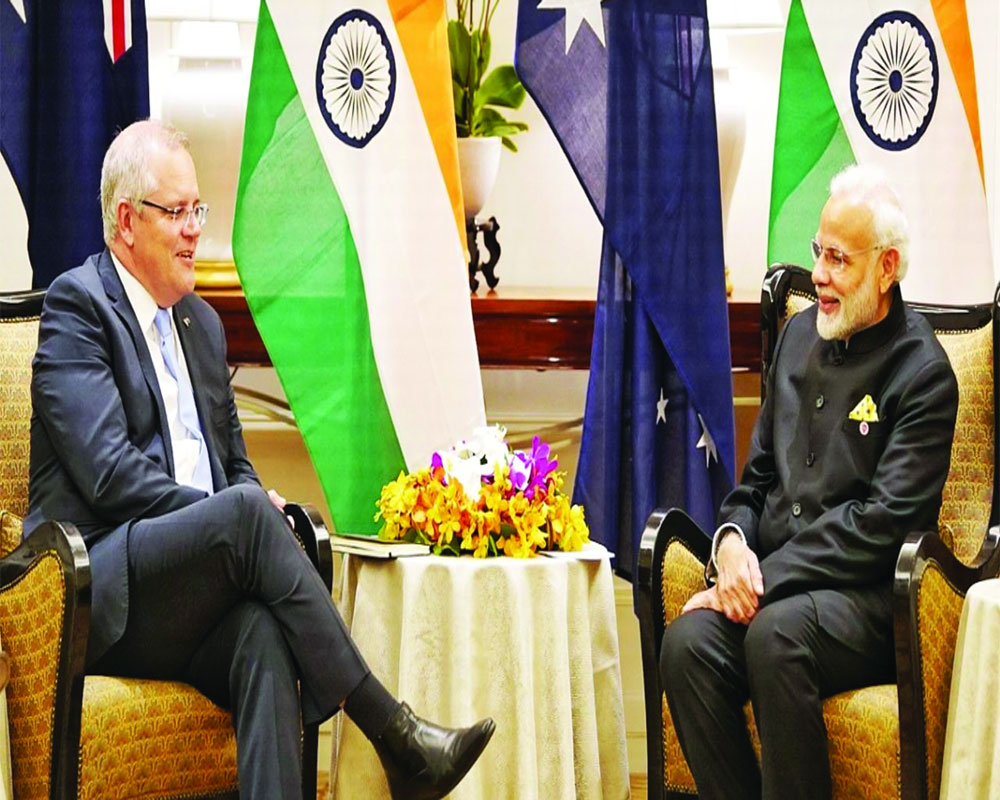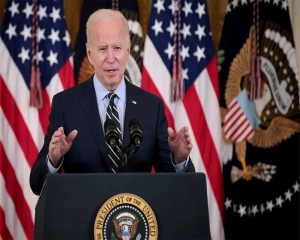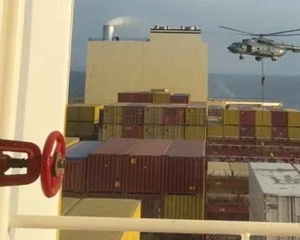It is a matter of double delight that the Quad and Australia-India business ties have assumed a mutually complementary character
The inaugural virtual summit of the Quad members should be seen as a watershed in the history of the formation, since its inception in 2007. The Quad’s evolution has been impeded for long by India’s and Australia’s hesitation in formalising the grouping, owing to their bilateral sensitivities towards China. But not anymore. In the wake of Australia’s trade tensions with China triggered by the former’s demand for an inquiry into the origins of the COVID-19 outbreak and, on the other hand, India’s military confrontation in Doklam and Ladakh with China, their strategic cooperation has grown manifold in recent months. Their newfound willingness to stand up to China’s irridentist claims, Hong Kong and Xinjiang crackdown and periodic diplomatic bellicosity and bluster in bilateral dealings has underpinned Quad’s fruition into a formal entity.
The Quad summit agenda was consciously kept quite wide, including the COVID-19 strategy, vaccine production, climate change, supply chain disruptions, critical and emerging technologies and maritime security. The rationale being to downplay any “anti-China” posturing that Beijing may find disturbing and disruptive for the Indo-Pacific.
The burgeoning quadrilateral vision was carefully articulated in the first-of-its-kind joint op-ed by US President Joe Biden and the three Prime Ministers — Narendra Modi, Yoshihide Suga and Scott Morrison. But for the watchers of international politics, the op-ed is a significant document for its “between-the-lines message”. For instance, the reference to “a group of democratic nations” in the second para is a veiled countervailing democratic pushback to China’s authoritarian international conduct under the garb of “peaceful rise”.
In particular, the op-ed’s broad emphasis on making a joint effort to tackle the pandemic is a clever strategy to win the hearts and minds of the Asean States, Pacific Island countries and the Indian Ocean littorals to offset the long-running Chinese economic and military influence. It is a welcome development for the States who have long been buried under the weight of China’s debt diplomacy and military dominance but were unable to articulate their displeasure for fear of a punitive backlash.
While strategic commentators remained sceptical of Biden’s resolve in reining in the Chinese economic and military muscle-flexing in the region, the historic summit has put at bay some of those scepticisms, at least for now. The Quad’s message has not been lost on part of other regional democracies, such as South Korea.
So, what does the Quad mean for Indo-Australian relations?
India’s External Affairs Minister S Jaishankar has expressed “great satisfaction” in how the Australia-India ties have deepened in the wake of the pandemic. Since June 2020, when the inaugural Modi-Morrison virtual summit transpired, the comprehensive strategic partnership has not only deepened but also become the fulcrum of the Quad’s new avatar for ensuring a safe, open and secure Indo-Pacific regional architecture. It is a double delight how the Quad and Australia-India bilateral business and trade ties have assumed a mutually complementary character.
Engagements on both the fronts will chart a parallel course and should not be seen in isolation. Peter Varghese, the author of India Economic Strategy report, had observed much before the COVID outbreak: “…the stronger that (Australia-India) broader relationship, the better the prospect of an economic strategy. India should not be seen only as a geopolitical partner.” Now, New Delhi also sees Australia not only as an economic partner but also as a geopolitical one.
The Department of Foreign Affairs and Trade observes that India’s young population and diversified growth trajectory present significant opportunities in various sectors. Both sides have formalised over 20 MoUs last June, covering some of these areas. Their two-way trade has risen from $13.6 billion to $30.4 billion in 2018 but it is still below the full potential. By 2035, both sides aim to double the bilateral trade and Australia seeks to bring India in its top five trading partners (currently eighth).
Ambassador Anil Wadhwa’s Australia Economic Strategy report, launched a few months ago, could not have come at a more opportune time. The report has identified 12 key sectors inter alia, mining, services and startups, pharmaceuticals, healthcare and medical technologies, education and skills, agribusiness, power and renewable energy and tourism. The report very nicely complements the recommendations of Varghese’s India Strategy across 10 sectors. The Mutual Logistics Support Agreement and Island Support Agreement to use Andaman & Nicobar and Cocos (Keeling) Islands in the maritime domain, and India’s decision to include Australia into the Malabar naval exercise, assume greater significance in the context of the Quad’s emergence.
In sum, Australia and India are now well-positioned to play their long-due leadership roles in the Indo-Pacific and, broadly speaking, in international affairs. This great opportunity emerging at a historic high in bilateral relations should not be missed.
(The author is the CEO, Institute for Australia India Engagement, Brisbane. The views expressed are personal.)


























